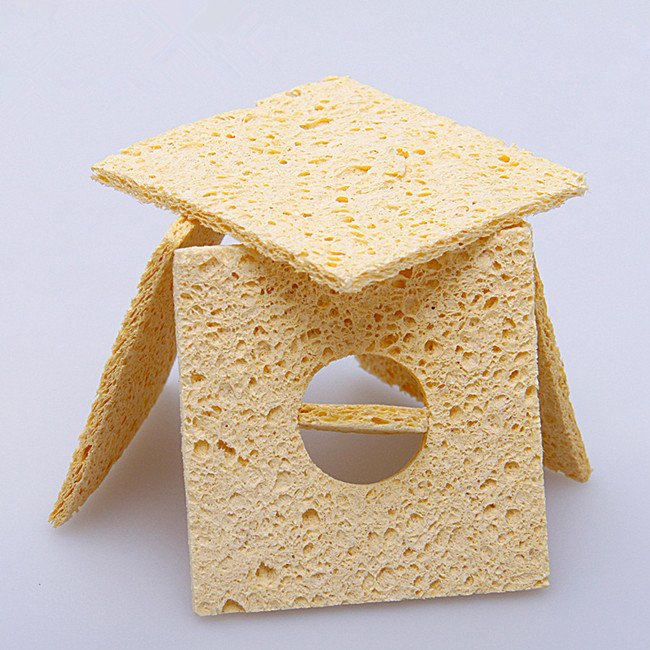🌿 1. Better for the Planet–Cellulose makeup sponge
- 100% biodegradable – breaks down naturally, unlike plastic-based sponges
- Reduces microplastic pollution – no synthetic fibers washing into oceans
- Sustainable sourcing – made from renewable plant-based materials
✨ 2. Better for Your Skin
- Hypoallergenic & non-comedogenic – won’t clog pores or cause breakouts
- Latex-free – safe for sensitive skin types
- Softer texture – gentle application without tugging or irritation
💦 3. Better Makeup Application
- Smart absorption – soaks up less product than traditional sponges (saves your expensive foundation!)
- Expands when damp – creates flawless, airbrushed finish
- Versatile use – works with liquids, creams, and powders
🧼 4. More Hygienic & Durable
- Naturally antimicrobial – resists bacteria growth better than synthetic sponges
- Easy to clean – dries faster to prevent mildew
- Longer lifespan – maintains shape after multiple washes
💚 5. Ethically Made
- 100% vegan – no animal products or testing
- Cruelty-free certified – by PETA/Leaping Bunny standards
- Often fair trade – supports ethical manufacturing practices
How to Use a Cellulose Makeup Sponge
1️⃣ Dampen – Run under water and squeeze out excess (sponge will expand).
2️⃣ Apply Product – Dab foundation onto skin or directly on the sponge.
3️⃣ Blend in Pressing Motions – Avoid dragging for the most even coverage.
4️⃣ Clean After Use – Use mild soap or makeup brush cleanser.
Cellulose vs. Synthetic Sponges
| Feature | Cellulose Sponge | Synthetic Sponge (PU Foam) |
|---|---|---|
| Material | Plant-based, biodegradable | Plastic-based, non-biodegradable |
| Absorption | Absorbs less product | Soaks up more makeup |
| Skin Safety | Hypoallergenic, gentle | May irritate sensitive skin |
| Eco-Impact | Breaks down naturally | Contributes to microplastic waste |
| Durability | Lasts longer with care | Can tear more easily |




